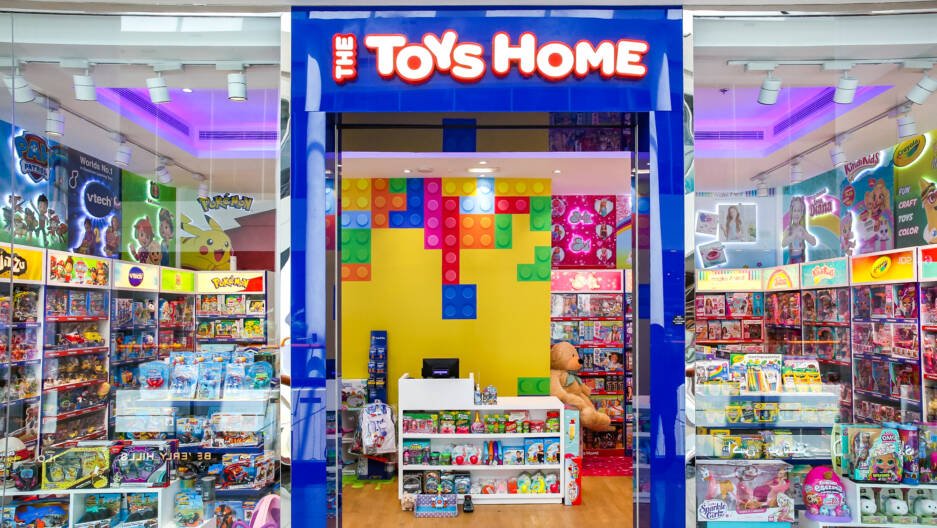Exploring the Booming Toys eCommerce Industry in the Middle East: Market Projections for the Coming Years
Introduction: The Middle East region has witnessed a remarkable surge in the eCommerce industry, with various sectors experiencing substantial growth. One of the most noteworthy sectors is the toy e-commerce industry, which has seen an unprecedented boom in recent years. This blog will explore the factors driving this growth, the current landscape, and project market trends for the upcoming years.
Factors Driving the Boom:
- Rapid Digitalization: With increasing internet penetration and smartphone usage. Consumers in the Middle East are becoming more comfortable with online shopping, including purchasing toys.
- Changing Consumer Behavior: The preferences of Middle Eastern consumers are shifting towards convenience and variety. eCommerce platforms offer a vast array of toys. That allows shoppers to find a niche and unique products that might not be readily available in physical stores.
- Pandemic Impact: The COVID-19 pandemic further accelerated the adoption of online shopping. Lockdowns and restrictions compelled consumers to turn to online platforms for shopping, including toys for entertainment and education.
- Payment Convenience: The availability of secure online payment options. It includes digital wallets and cash-on-delivery and has significantly expanded eCommerce within the region.
Current Landscape: The current state of the toy eCommerce industry in the Middle East is promising, with several key players dominating the market. These players, both global and regional, have invested in user-friendly interfaces, efficient logistics, and customer support to enhance the online shopping experience. Notable e-commerce platforms like Amazon and Noon and local players such as Souq.com (now part of Amazon) and Mumzworld have contributed to the expansion of the toys sector.
Market Projections for the Coming Years:
- Continued Growth: The toy eCommerce industry in the Middle East is expected to maintain its upward trajectory. Booming Toys eCommerce Industry as online shopping becomes more ingrained in consumer habits. The demand for online toy purchases will likely remain strong.
- Diversification of Offerings: eCommerce platforms will likely continue diversifying their product offerings to cater to various age groups and interests. This could include educational toys, collectibles, and interactive gadgets.
- Enhanced Customer Experience: Companies are expected to use AR and VR tech to offer immersive shopping experiences, enabling customers to preview products before buying.
- Localization and Personalization: eCommerce platforms will likely focus on tailoring their offerings to local preferences and cultures. Personalized recommendations and localized marketing strategies could play a significant role in capturing the Middle Eastern market.
- Logistics and Fulfillment Innovations: Efforts to enhance last-mile delivery and reduce shipping times will continue. Drone deliveries and partnerships with local delivery services could become more prevalent.
Conclusion: The toy eCommerce industry in the Middle East is poised for continued growth in the coming years. A combination of changing consumer behavior, technological advancements, and a rapidly evolving eCommerce landscape will shape the future of this sector. As the market expands, businesses that adapt to the preferences of Middle Eastern consumers and provide exceptional online shopping experiences are likely to thrive in this dynamic environment.



